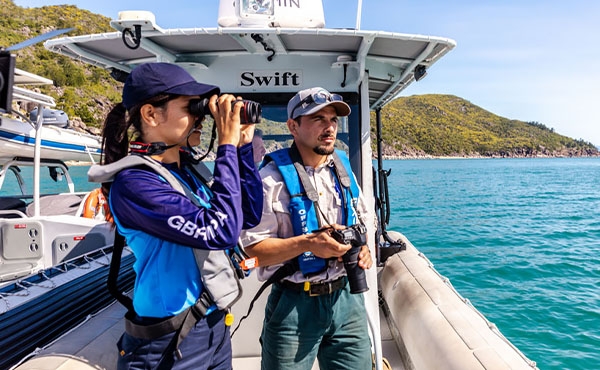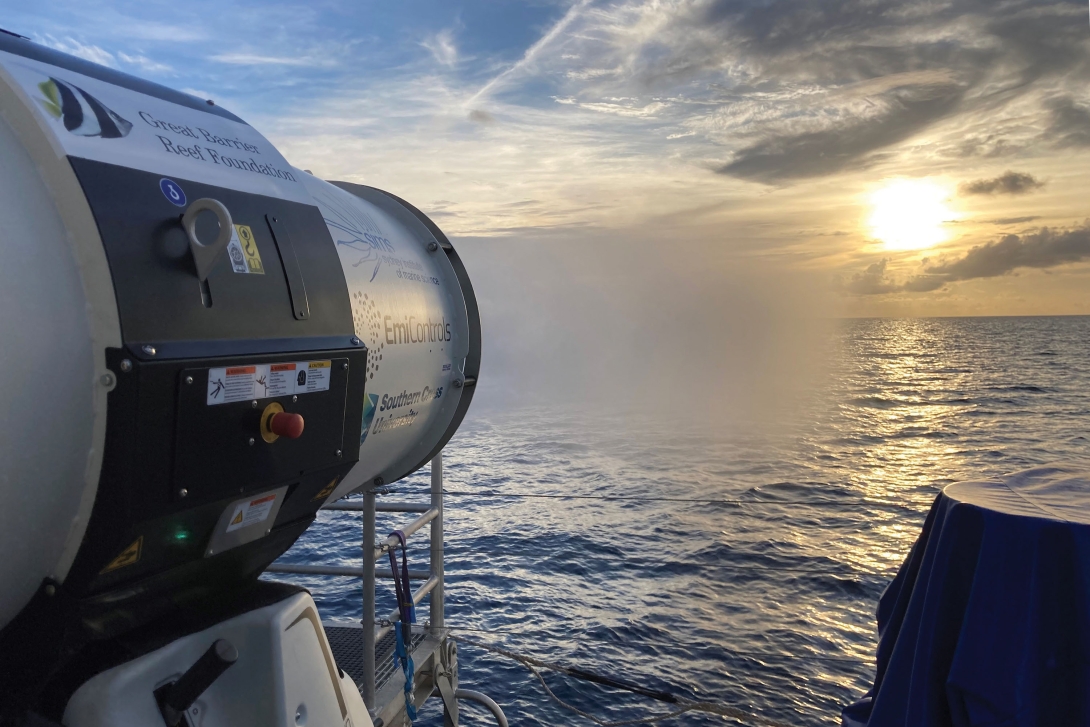This evaluation of effectiveness of management focuses on the direct management of research activities that occur within the Region. Alignment of research into decision-making and management agency interactions with research providers are also considered, but to a lesser extent.
Research conducted on the Reef is a source of ongoing knowledge upon which to base future management policies and decisions. Most research activities occur at the four major research stations on Lizard, Orpheus, One Tree and Heron islands.
Researchers who undertake research in the Region, such as collection of specimens, in situ experiments and installation of research equipment, require permits and licences from managing agencies. The Reef Authority, Queensland Parks and Wildlife Service and Queensland Department of Agriculture and Fisheries have lead roles in managing research activities. These activities are managed through zoning plans, legislation, policy and the marine parks permissions system. Joint accreditation of research institutions by the Reef Authority and Queensland Parks and Wildlife Service enables low-risk research to occur in some locations without the need for specific permits.5
The role of citizen science has increased in intensity over this period of review. Citizen science programs are increasingly aiming to support decision-making by Reef managers. Key programs to help facilitate this include Eye on the Reef and The Great Reef Census. One notable use of data from citizen science programs is in the Crown-of-thorns Starfish Control Program which uses data to inform culling efforts.




